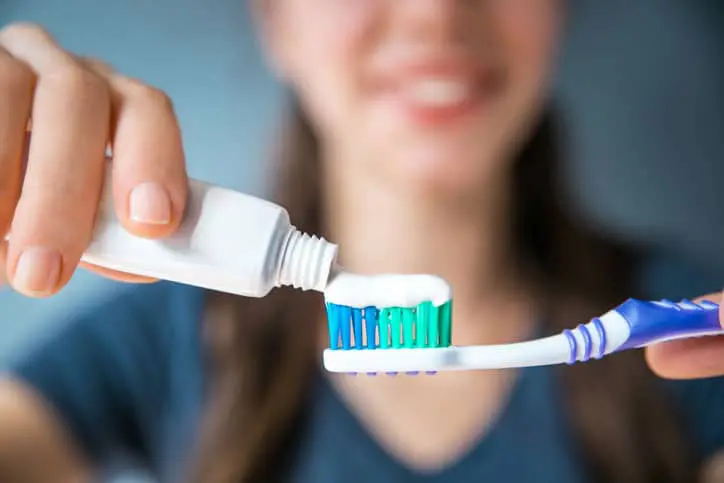Your toothbrush is in charge of getting gunk out of your mouth, but what happens to that gunk when you’re done brushing? You should periodically clean your toothbrush, just like you wash the towels that you dry your clean hands on. This guide explains how to clean your toothbrush between uses.
How to Clean a Toothbrush
Most people rinse their toothbrushes after they’re finished cleaning their teeth. That is sufficient for getting the leftover toothpaste off the brush, but it doesn’t disinfect the toothbrush. These tips will help you keep your toothbrush as clean as possible between uses:
- Soak your toothbrush in a diluted mixture of hydrogen peroxide. Put a teaspoon of peroxide in a cup of warm water, and soak your toothbrush for about 15 minutes. Toss the peroxide mixture when you’re finished.
- Use antibacterial mouthwash to clean your toothbrush. Swish the bristles in a small cup of mouthwash for about 30 seconds. Then, rinse off the bristles and set the brush out to air dry.
- Use denture cleaner to disinfect your toothbrush. This solution is convenient if you have a denture wearer in the house, but if not, you may have better luck purchasing a pre-made toothbrush cleaning solution.
- Rinse your toothbrush with hot water before and after use. Hot water will soften the toothbrush bristles so food and toothpaste can fall out easily. You can finish off the rinse with cold water to firm the bristles up.
- Always leave your toothbrush out to air dry. If you have a toothbrush cap to protect the bristles, do not use it right away. Wait for the brush to dry completely before capping it off.
How Often Should I Clean My Toothbrush?
You should rinse your toothbrush with warm water after every use, but you may not need to disinfect it every time. This can wear down your bristles faster and compromise the integrity of your toothbrush. Most people find weekly disinfection to be effective without significant strain on the toothbrush.
How Often Should I Replace My Toothbrush?
The American Dental Association recommends getting a new toothbrush every 3-4 months. We have an entire guide dedicated to When to Replace Your Toothbrush to help you plan for the future. As a general rule, you should replace your toothbrush after the bristles wear down or after you’ve been sick. The bristles may harness bacteria that could get you sick again.
Most dentists offer free toothbrushes with routine teeth cleanings. Replace your toothbrush after each cleaning, and keep a few spare ones on hand. Do this for the whole family to protect your gorgeous smiles!











